upsc 2018 news | upsc optional subject | upsc optional latest news
The Union Government has finally taken up the Baswan Committee report which has recommendations on various aspects of the UPSC Civil Services exam including the exam pattern and age limit.
The Union Government has finally taken up the Baswan Committee report which has recommendations on various aspects of the UPSC Civil Services exam including the exam pattern and age limit. The committee had submitted its report to UPSC on August 9, 2016 which was then submitted to the government. The recommendations after consideration by UPSC were then submitted to the government. But what are recommendations made by the Baswan Committee and why was the Baswan Report commissioned in the first place? Baswan Committee report takes a comprehensive look at the requirement of IAS Officers over a longer time frame. The committee constituted of four members – B.S. Baswan (Former Director, IIPA), R.K. Barik (Professor, IIPA), Akber Ali (research Officer, IIPA), and Pankaj Kumar Singh (Research Officer, IIPA).
The main reason behind commissioning the report was the shortfall of IAS officers. In March this year, Union Minister Jitendra Singh had informed Lok Sabha that there was a dearth of Indian Administrative Service (IAS) and Indian Police Service (IPS) officers in the country. There are 4,926 IAS officers, which is 1470 less than the authorized strength of 6,396. As against the authorized strength of 4,802 officers, only 3894 IPS officers employed with the central government.
The Baswan Committee took into account the number of IAS officers due for retirement in the period 2010-20, number of officers due for a promotion, and the existing number of vacancies and determined the over the course of ten years there would be a shortfall of 569 officers. The Baswan Committee report recommended that the number of IAS officers recruited every year should be to the tune of 180. With 180 IAS officers recruited every year, the backlog of 569 vacancies can be reduced by 443 in the year 2020.
The committee has also proposed that if the number of IAS officers recruited every year is increased from 180, it will compromise quality, exceed the LBSNAA capacity, and will lead to a distortion in the career pyramid of IAS Officers.
Some of the other recommendations in the report are given below:
A meaningful assessment should be done about the requirement of IAS officers every year to send a realistic requirement of Direct Recruits to the Government of India each year, and to monitor the vacancies under the promotion ceiling.
To fulfill the requirement of IAS officers for the next 10 years, the intake through the civil service examination will needed to be limited to a certain number to maintain quality and to the balance the demand of different cadres. This number should be fixed on a realistic basis according to the cadre gap.
A limited competitive exam on the lines of the Special Recruitment for IAS Officers in the 1950s is under consideration for the IPS from the Home Ministry. This need not be considered by the DoPT, as the proposed rise in recruitment of direct recruits to the IAS should help close the gap.
The Process of settlement of disputes by the various state governments in relation to the promoted officers should be done in a speedy manner, in order to minimize the gap.
source













![CY_GATE_2019_PHYSICAL_SPECTROSCOPY_[ELECTRONIC_BASIC]_All IN ONE_[Short_Trick]_2018-19_PART_1ST - Videos](https://trends.edugorilla.com/wp-content/uploads/sites/8/2018/08/cy_gate_2019_physical_spectroscopy_electronic_basic_all-in-one_short_trick_2018-19_part_1st-218x150.jpg)



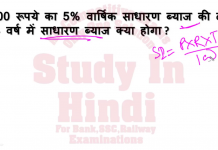


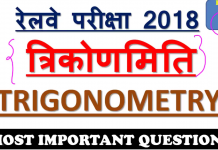
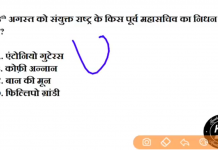
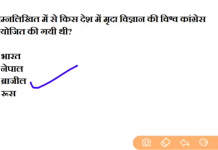
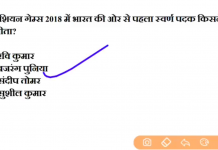




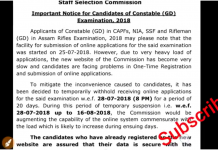



![24 August 2018 – The Indian Express Newspaper Analysis हिंदी में – [UPSC/SSC/IBPS] Current affairs - Videos](https://trends.edugorilla.com/wp-content/uploads/sites/8/2018/08/a520-218x150.png)
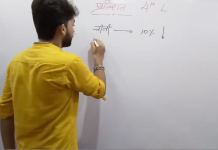
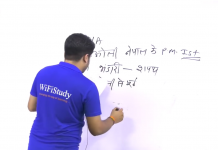



Sir optional bhi nhi hatna chaiye or nhi age reduce honi chaiye because this is very wrong for all students those who have plans attempt upsc exam
ur voice……ufff,i cant hear it
age limit 32 thik hai ise kam nahi honi chahiye
32thik hai badalna nahi chahiye